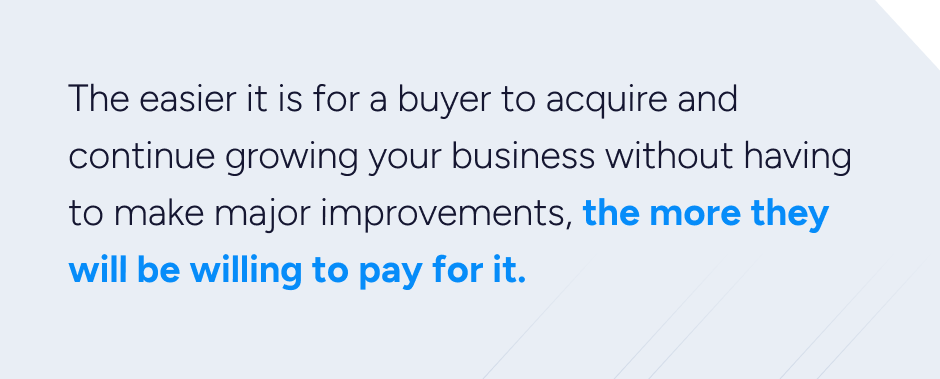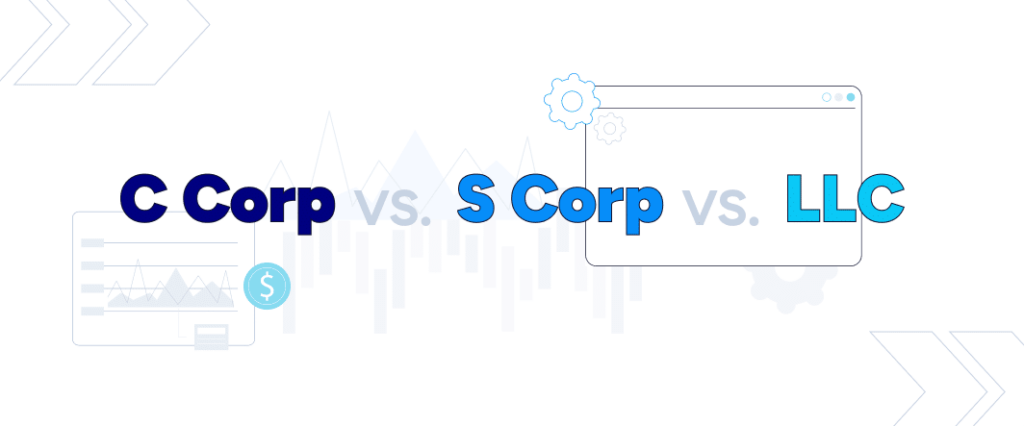Want to Sell Your SaaS Business? Here’s How to Get Started

The following content has been updated as of February 2024.
You have probably entertained the idea of selling your company at least once during your tenure as an entrepreneur. If this is your first time exploring the world of mergers and acquisitions, the learning curve can be intimidating. Oftentimes, the perceived complexity of the process keeps some business owners from ever pursuing an exit strategy in earnest. If they do sell, their lack of knowledge and experience may lead them to settle for far less than their company was truly worth. My advice is don’t let that be you.
By learning more about the sale process and taking proactive steps to position your company effectively, you can attract high-quality buyers and ensure you receive fair market value—at minimum—for the business you have built.
Here are seven important steps to consider as you start down the path.
1. Navigate Unsolicited Offers with Caution
Don’t be surprised if a prospective buyer contacts you first. Receiving an offer “out of the blue” can be exciting—it’s validation that you’ve created something of value. But before you jump at the first offer you receive, set your emotions aside and take the time to conduct some due diligence.
Vetting the party that contacted you is an important first step. However, it’s essential to be mindful that not every potential buyer approaches with genuine intentions. Some may present low-ball offers, possibly trying to capitalize on your enthusiasm and lack of experience. Others might engage in discussions without any real intention of making a purchase, using the conversation to gather market insights.
While you may ultimately pass on unsolicited opportunities, they can help you get a feel for the minimum you should be willing to accept. As you take the right steps to prepare your financials and market your business proactively, you’ll likely be able to secure more attractive offers from reputable buyers.
2. Make Your Product Great
The quality and usefulness of your software are what brought you to this point, but now is no time to rest on your laurels. As you consider selling your company, maintaining and enhancing product quality becomes more important than ever.
By continuing to innovate, releasing new features, focusing on future growth/scale and eliminating bugs, you and your team can stay one step ahead of the competition and increase your company’s value in the eyes of potential buyers. Make sure you’re optimizing your interface across device types, doing what’s necessary to minimize platform outages, and leveraging key data points to make targeted improvements. Take the necessary steps to maintain the strength and competitiveness of your product offering, ensuring mutual benefits for all parties involved.
3. Build a Loyal Client Base
A successful business is one that is not only good at winning new customers but can also hold on to the customers they have. Your customer retention rate (relative to your industry) will be of great interest to prospective buyers because strong numbers in this area indicate you offer a high-functioning product that is in high demand and that you support it with good customer service.
To enhance your customer retention rate, proactively gather feedback from current customers, including those who might be dissatisfied. Explore advanced customer service techniques, such as assisting clients in measuring and reporting the value they derive from your product.
READ MORE: How to Properly Calculate Churn
4. Develop Strong Business Fundamentals
Even if you have a great product that is gaining a lot of attention in the marketplace, it will take more than that to sell your company. Before making a serious offer, buyers want to know that the “hot” software they’ve heard about is backed by a well-run business with a solid organizational framework. This could include an experienced management team, structured operational systems and processes, clearly defined strategies for marketing and growth, and sound accounting and finance practices. The easier it is for a buyer to acquire and continue growing your business without having to make major improvements, the more they will be willing to pay for it.

If you’re a bootstrapped company, it might take longer for you to hire key personnel and turn your company into a well-oiled machine. However, the extra time and effort will eventually pay off in the form of a more rewarding exit opportunity.
5. Assess the Marketplace
No business exists in a vacuum. Your company’s value is heavily influenced by external factors such as how badly customers need your product, how much the market is projected to grow in the future, and how many other companies are offering similar solutions. It’s critical to understand these market dynamics and how they play into the M&A process.
Be sure you keep up with the expert analysts who report on your industry and stay abreast of what your competitors are doing. Also, keep an eye on M&A transactions involving similar companies and how the current and projected economic climate might be influencing these moves. With a firm grasp of these concepts, you can enter the M&A process with a better idea of who likely buyers might be and what type of offer to expect.
SEE KEY PLAYERS IN YOUR VERTICAL | Check Out SEG’s Software Vertical Market Maps
6. Know Your Key Metrics
To formulate an offer for your company, buyers will surely analyze a variety of important performance indicators, only one of which is customer retention. Others might include quantitative factors like annual recurring revenue (ARR), customer acquisition costs, and gross margin.
The key is to research which metrics are most important for the type of business you run and to understand what baseline buyers consider “good” or “bad” for each metric. Focusing your efforts on improving those metrics will make your company more attractive and give you a leg-up in negotiations. For more on this subject, see our report on 20 Factors to Track when Valuing Your Software Company.
7. Take Advantage of Valuable Advice
An experienced sell-side M&A advisor provides an objective assessment of your business, compares it to similar companies in the industry, and guides you on enhancing essential metrics. When the time to sell arrives, their expertise and network are utilized to attract buyers and investors and secure the best possible outcome.
Is Now an Optimal Time to Enter the Market?
If you’re uncertain about your company’s position in the market, its value, handling unsolicited offers, or any other concerns, we (along with most sell-side M&A advisors) are here to assist. On the other hand, if it’s not the optimal time for you to enter the market, we will tell you and provide guidance on areas that may need attention and improvement.
Feel free to reach out with any questions or needs you may have.









